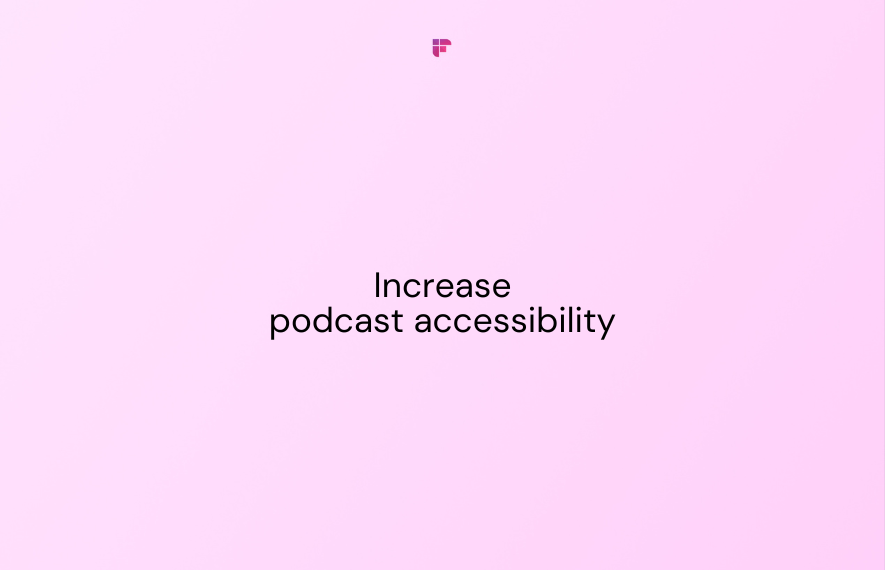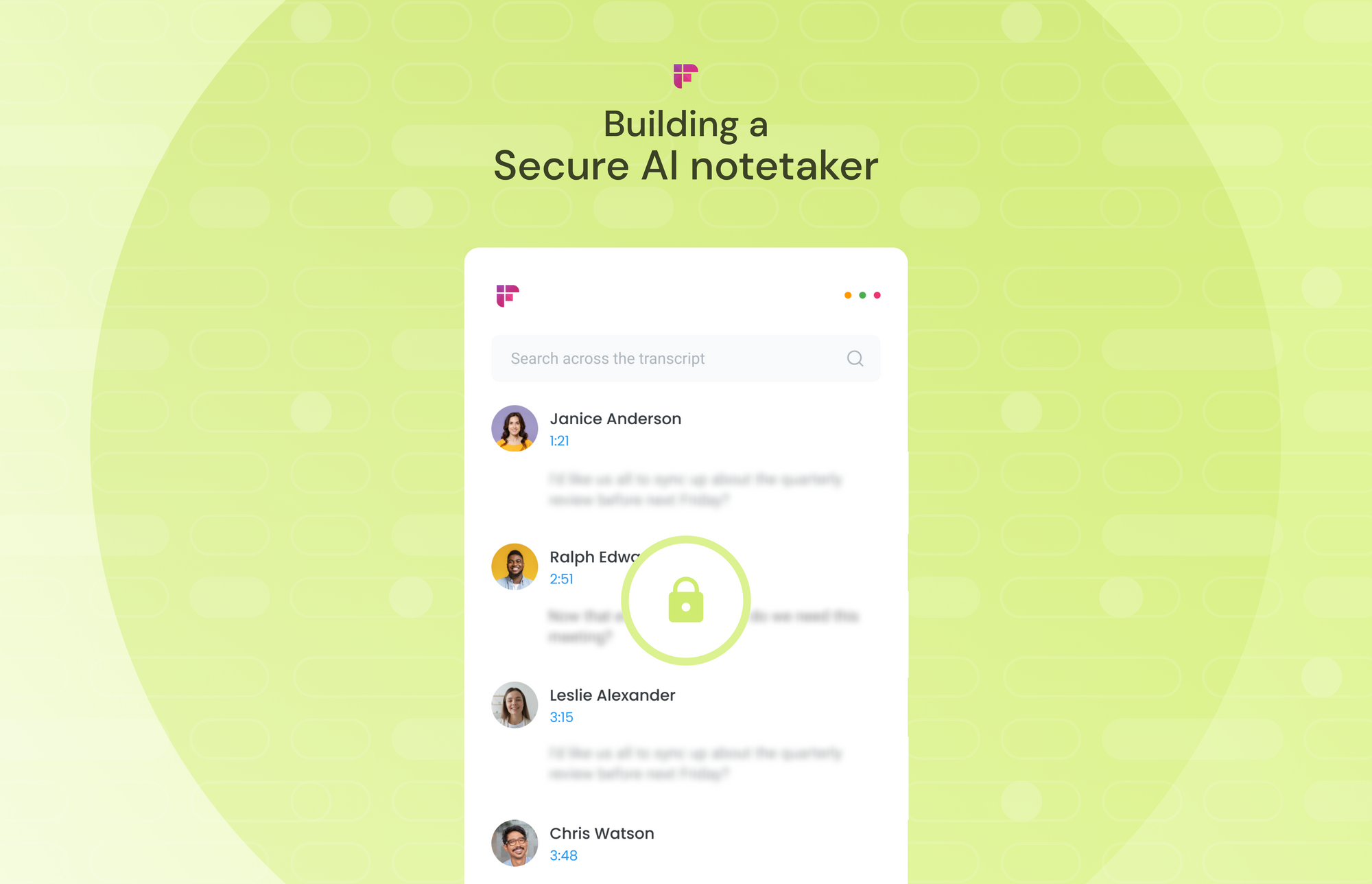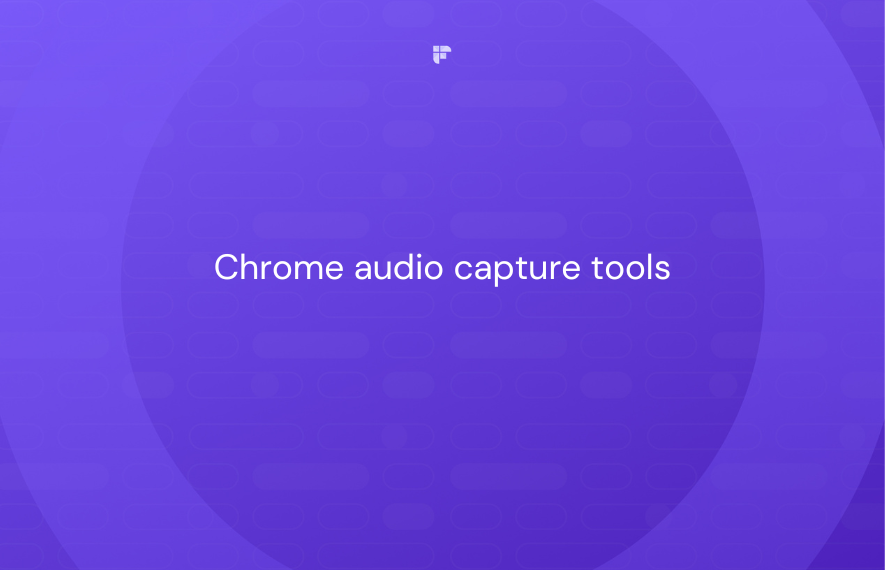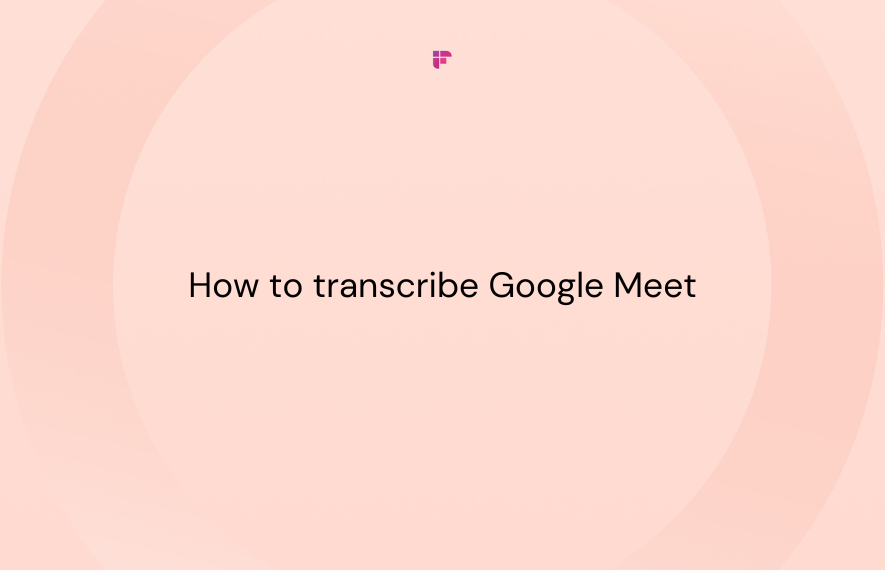Whether you're a journalist hosting multiple interviews or a busy professional with important meetings, audio-to-text converter tools are your reliable sidekick.
Here are 5 reasons why!

5 Benefits of audio to text converter
Audio-to-text converter tools provide a multitude of benefits, and here are the top 5 of them:
- Saves time and efforts
- Enhances accessibility
- Eases content repurposing
- Facilitates collaboration
- Eases documentation

1. Saves time and efforts
Manual transcription is a time-consuming task. It can take at least 4 hours to manually transcribe a one-hour audio.
In contrast, an audio-to-text converter tool utilizes advanced speech recognition technology and transcribes lengthy recordings in just a few minutes.
It also significantly reduces efforts—you don’t have to manually type each word to convert audio to text. Most tools allow you to transcribe audio recordings in just a few clicks.
2. Enhances accessibility
Audio-to-text converter tools bridge the gap between auditory and written information, enhancing accessibility and ensuring a seamless user experience. They provide inclusivity for those with hearing impairments and cater to individuals who prefer reading.
Whether it's educational materials, podcasts, or interviews, converting audio to text opens up opportunities for everyone to access valuable information.

3. Eases content repurposing
You can more easily extract key quotes, paraphrase ideas, and rearrange content from a written transcript than from an audio file.
This saves time and effort while ensuring accuracy and consistency in repurposing audio material for different formats or audiences.
4. Facilitates collaboration
Audio-to-text converter tools make collaboration a breeze. Instead of sharing bulky audio files, you can easily share written transcripts. You and your teammates can simultaneously review, comment, and annotate these transcripts, streamlining communication and feedback.
5. Eases documentation
Documenting and saving large audio files can take up significant storage space. Audio-to-text converter tools solve this challenge by converting large audio files into bite-sized text files.
On top of that, you can easily navigate through these transcriptions using keyword searches and find specific information within the text. This simplifies reviewing and extracting relevant data, making it ideal for research, content analysis, and knowledge management.

How to convert audio files to text with Fireflies
Fireflies is an AI transcription tool that you can use to transcribe, summarize and analyze your audio recordings with 90%+ accuracy in just a few minutes.
Follow these steps to convert audio to text with Fireflies:
- Log into Fireflies.ai
- Upload the audio file
- Open and explore the transcript
Step 1: Log into Fireflies.ai
First, log into your Fireflies account.
If you’re a new user, sign up for the tool using your Outlook or Google Calendar.
During the sign-up process, allow Fireflies to access your calendar.
Fireflies fully adheres to the GDPR and SOC 2 Type 2 regulations and only collects calendar information such as emails and preferences. Also, your data is protected with end-to-end encryption, ensuring its security both at rest and during transit.

Step 2: Upload the audio file
Once you’re on the Fireflies dashboard, click Uploads from the navigation menu on the left-hand side.
Upload the audio file you want to convert. You may drag and drop the file or select the file from your device.
Step 3: Open the transcribed file
The transcription process can take a few seconds to minutes, depending on the file size. Once done, you’ll receive an email notification from Fireflies.
Click on View meeting recap to access your transcribed file.
You can also access the file from the same Uploads page or the My Meetings channel in your Fireflies Notebook.
For example, we’ve uploaded an audio file of a podcast with our co-founder, Krish.
Click on the file to see the converted text on the right side.
The transcribed audio file doesn’t detect speaker labels. However, it identifies different voices and allows you to update the labels.
Just click on Speaker 1 and Speaker 2, write the name, and that’s it!
You can also easily find any information in the audio using the Smart Search filters on the left or the search bar above the transcript.
Voila! There goes the answer to your question—how to convert audio files to text with Fireflies?
Why use Fireflies to convert audio to text
There exist many audio-to-text converter tools today. But Fireflies offers unmatchable security and features at an affordable price.
Here are a few reasons why you should consider Fireflies as your audio-to-text converter:
- 100% guaranteed security
- 90% accurate transcription
- Highly flexible
- Saves time with AI-generated summary
- Affordable
1. 100% guaranteed security
Fireflies is SOC 2 Type II certified and complies with HIPAA and GDPR. Its database is housed in a Virtual Private Cloud with AWS, and the servers are hosted on Google Cloud.
Also, all of your data in AWS S3 is fully encrypted both at rest and during transit. This ensures the privacy of your voice data because no one can access your recordings, unlike manual transcribers, who need to listen to your audio file to create transcripts.

2. Accurate transcription and AI-generated summary
Fireflies creates 90%+ accurate transcripts with timestamps within just a few minutes, depending on the length of the recording.
It supports 30+ languages, including French, Arabic, Spanish, and Vietnamese (more on the way).
3. Highly flexible
Fireflies is a highly flexible and easy-to-use tool. It can read and transcribe audio files in different formats, including MP3, MP4, WAV, and M4A, and allows you to download the transcribed files in 5 formats—PDF, DOCX, SRT, VTT, and JSON.
Additionally, Fireflies offers an easy-to-use in-app text editor that allows you to review and edit transcripts.
You can also control the playback speed of your audio files in 5 levels—1x, 1.25x, 1.5x, 1.75x, and 2x.
4. Saves time with AI-generated summary
Along with the transcription, Fireflies provides an AI-generated summary highlighting the key points in your audio content in 5 parts. It includes:
- Keywords: The most important keywords used in the audio.
- Overview: A gist of the content in a few paragraphs.
- Outline: An outline of the content with timestamps.
- Bullet-Point Notes: High-level pointers of the main content.
- Action Items: The list of conversation bits that requires further action.
Instead of going through the entire transcript or listening to the whole audio, you can simply read the summary and understand the gist of the audio within seconds.
5. Affordable
Are you looking for a free audio-to-text converter? Get the Fireflies’ free plan. It gives you up to three transcription credits and 800 minutes of storage per user at zero cost.
And if you need more transcription and storage credits, upgrade your account at just $10/seat/month, billed annually—still cheaper than any other transcription software or service provider.

Wrapping up,
In a world where time is precious and manual transcription is a drag, audio-to-text converter tools become the real heroes.
They save time, enhance accessibility, facilitate collaboration, and enable easy documentation of lengthy audio files. And, with tools like Fireflies, you never have to worry about the privacy and security of your sensitive data.
So, go ahead and transform the way you handle audio information with these game-changing tools.










![How to Download YouTube Subtitles [The Easiest Way]](/blog/content/images/size/w1000/2024/05/Copy-of-Meeting-etiquette-rules-all-professionals-must-follow---2024-05-02T130226.505.png)